In today’s fast-paced world, having a portable car battery charger can be a lifesaver. Whether you’re on a road trip, commuting to work, or simply running errands, a dead battery can quickly turn into a frustrating situation. A portable charger provides a convenient solution to keep your vehicle running smoothly. This article offers tips for using a portable car battery charger safely and efficiently, ensuring that you and your vehicle are prepared for any situation.
Understanding Portable Car Battery Chargers
Functionality of Battery Chargers
A portable car battery charger is designed to provide power to a vehicle’s battery when it is unable to start, often due to depletion. Most chargers can be used with both 12-volt and 24-volt battery systems, making them versatile for various vehicles, including cars, trucks, and even motorcycles. These chargers operate by delivering a controlled amount of electricity to recharge the battery, allowing it to regain power and start the engine.
Many modern portable chargers also come with built-in features such as LED indicators and safety alarms. These features alert users to the charging status and warn against potential issues, such as improper connections. The functionality of these chargers makes them a vital tool for any driver.
Types of Portable Chargers
There are several types of portable car battery chargers available on the market today. The most common types include trickle chargers, jump starters, and smart battery chargers.
Trickle Chargers: These devices provide a slow charge to the battery over an extended period. This method is useful for maintaining a battery’s charge, especially during long periods of inactivity.
Jump Starters: Jump starters, also known as jump boxes, are more powerful and can provide a quick burst of energy to start a vehicle immediately. Many jump starters come with built-in safety features and may also include USB ports for charging electronic devices.
Smart Battery Chargers: These chargers often have a microprocessor that monitors the battery’s condition and adjusts the charging method accordingly. They can prevent overcharging and help prolong battery life, making them a wise investment for car owners.
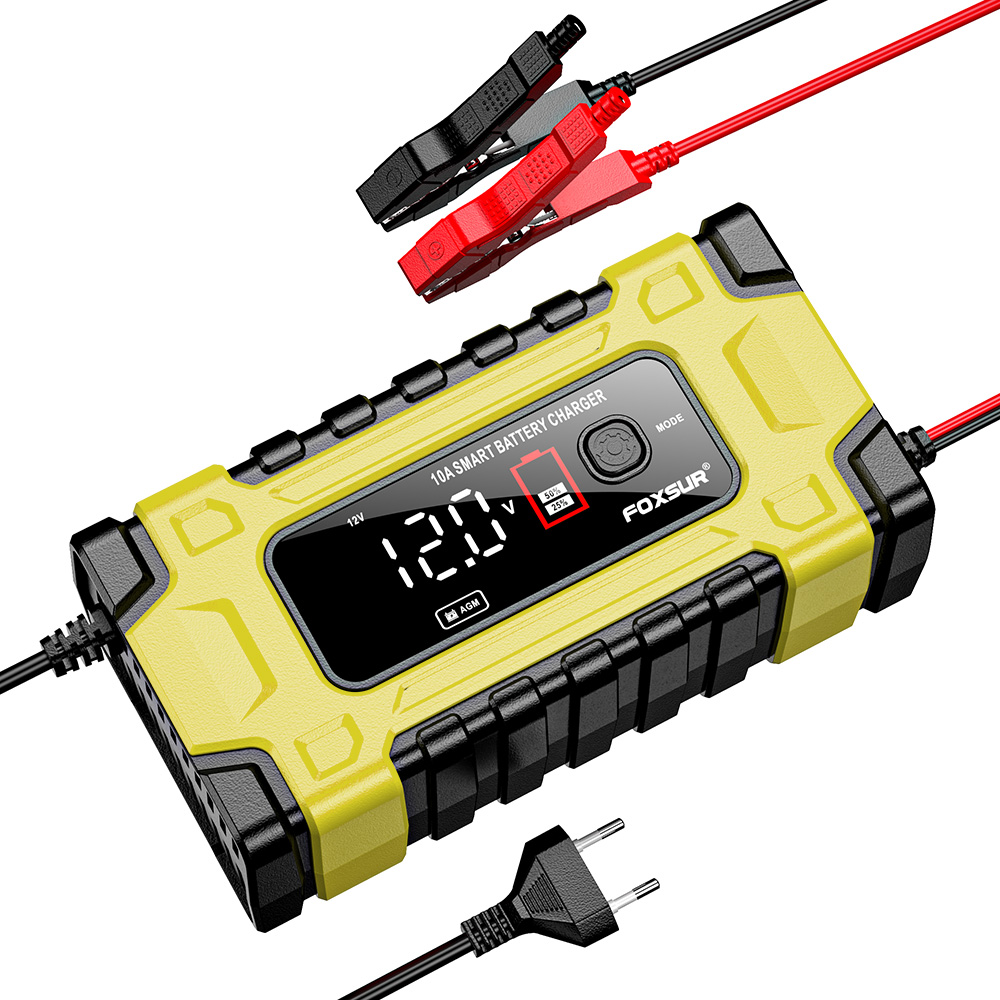
Choosing the Right Portable Charger
Evaluating Your Needs
When selecting a portable car battery charger, it is essential to evaluate your specific needs. Consider factors such as the types of vehicles you own, how often you expect to use the charger, and your level of experience with car maintenance. Understanding your goals can help you choose the right charger.
If you drive more than one vehicle or have different battery types, a versatile charger that works with both 12-volt and 24-volt batteries may be the best option. For occasional use, a jump starter may suffice. However, if you frequently deal with battery issues, investing in a smart battery charger can be a better long-term solution. By analyzing your needs, you can make informed decisions that ensure you always have the right tool on hand.
Reading Specifications
Once you’ve identified your needs, take the time to read the specifications of different portable chargers. Look for details such as the charger’s power output, compatibility with battery types, and safety features. A higher amp output typically enables faster charging, which can be advantageous in emergencies.
It is also crucial to review the safety certifications of potential products. Look for chargers that meet industry standards and have positive user reviews. Reading product comparisons can help you identify the best chargers that suit your preferences. Paying attention to specifications makes for a more informed purchasing decision, equipping you with a reliable charger for your car.
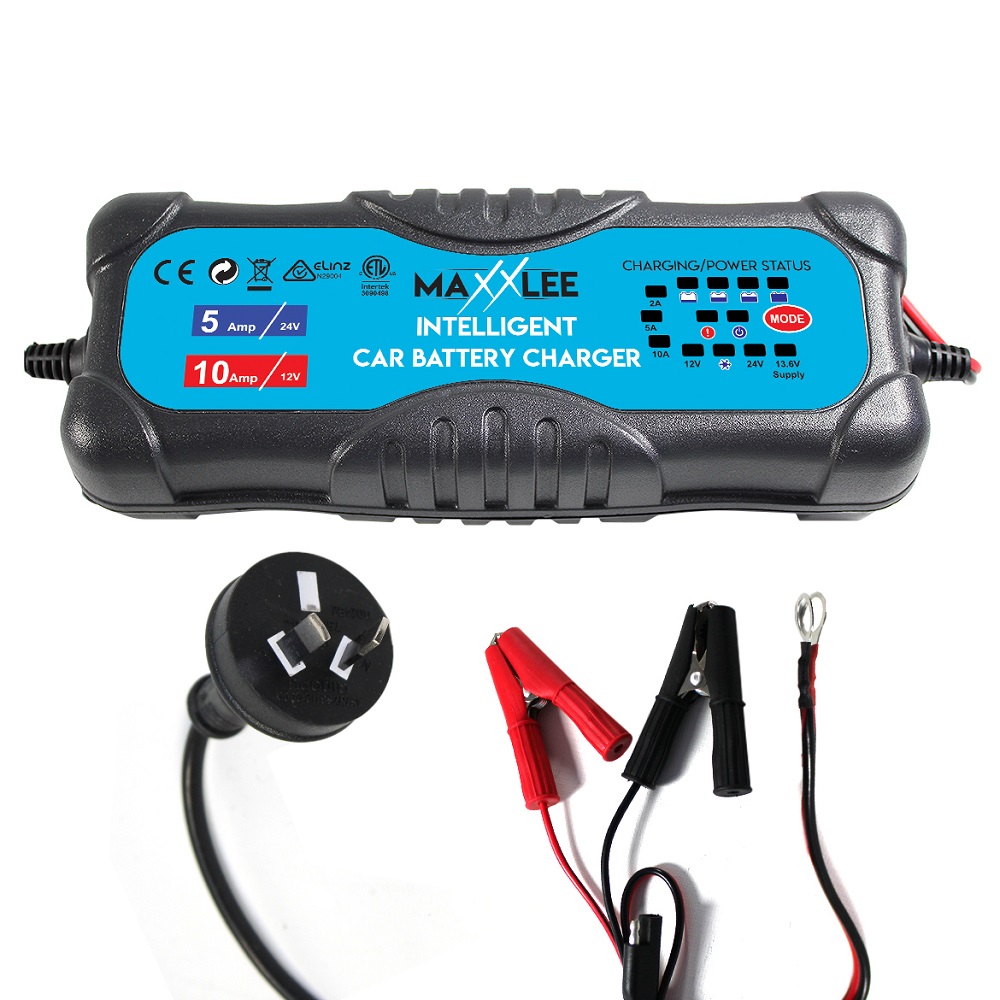
Proper Charging Techniques
Preparing for Charging
Before using a portable car battery charger, it’s essential to prepare adequately. Start by ensuring both the charger and the battery are in good condition. Check the battery for any visible damage, such as cracks or leaks, as these could pose safety hazards. If the battery appears compromised, it’s best to replace it rather than attempt to charge it.
Next, ensure that your charger is fully charged and ready to operate. If applicable, follow the manufacturer’s instructions for preparing the charger for use. Familiarize yourself with the controls, such as power buttons and settings, as this knowledge allows for efficient and effective charging.
Connecting the Charger
When connecting the charger to the battery, follow a systematic method to ensure safety. Start by turning off the charger. Next, connect the positive (red) clamp to the positive terminal of the battery. The positive terminal is typically marked with a ‘+’ sign. After the positive clamp is securely attached, connect the negative (black) clamp to an unpainted metal surface or the negative terminal of the battery.
This grounding method helps prevent sparks during each connection, improving safety. Once the clamps are properly in place, turn on the charger to begin the charging process. Always consult the user manual to confirm the proper connection sequence, as this can vary between models.

Monitoring the Charging Process
Keeping an Eye on Time
As the charging process begins, it’s crucial to monitor the time to avoid overcharging the battery. Depending on the charger type and battery condition, charging times may vary. Generally, most batteries take anywhere from 30 minutes to a few hours to reach a sufficient charge, depending on conditions.
Some chargers feature built-in timers or automatic shut-off functions that prevent overheating and overcharging. If your charger doesn’t have these features, periodically check on the battery’s temperature and the charger’s status. It’s advisable to disconnect the charger once the battery is sufficiently charged, ensuring it won’t remain on longer than necessary.
Testing the Battery
After charging your battery, it’s important to verify that it functions properly. Test the battery by attempting to start your vehicle. If the engine turns over smoothly, the battery is in good condition. However, if the engine hesitates or doesn’t start, additional issues may be at play.
In such cases, consider having the battery tested by a professional. Many auto parts stores offer free battery testing services. If the battery fails to hold a charge or shows signs of deterioration, replacing it may be necessary. Monitoring your battery’s performance is crucial for vehicle reliability.
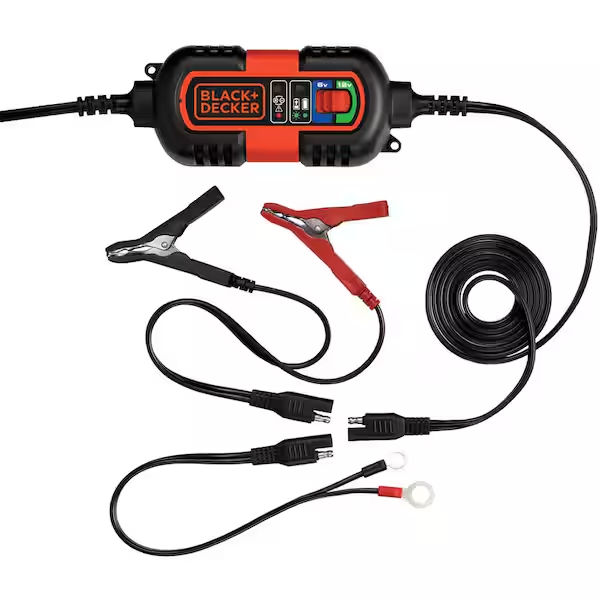
Maintenance of Your Charger
Regular Checks
Proper maintenance of your portable car battery charger can prolong its life. After each use, inspect the charger for any signs of wear or damage. Check the clamps and cables for fraying or corrosion, which can compromise effectiveness. Clean the clamps using a mixture of baking soda and water to remove any corrosion buildup.
Additionally, ensure that the charger is stored in a cool, dry place when not in use. Protecting the charger from extreme temperatures and moisture will help maintain functionality. Following these maintenance practices will keep your charger in optimal condition for future use.
Updating Your Charger
As technology continues to advance, consider upgrading your portable car battery charger periodically. Newer models often come equipped with improved features, better battery management systems, and enhanced safety protocols. Staying updated with the latest advancements can provide greater reliability and peace of mind during emergencies.
Investing in a high-quality charger can pay off, especially for those who frequently spend time outdoors. Having an efficient and reliable charger can make a significant difference in how you respond to dead battery situations.
Safety Precautions
Understanding Risks
Using a portable car battery charger comes with certain inherent risks. Familiarizing yourself with these risks can minimize safety concerns. Issues such as acid leaks, short circuits, and sparks can occur if precautions are not taken. Before starting the charging process, ensure that you understand how to mitigate these risks effectively.
Always handle batteries with care. Wear protective gloves and goggles to protect against acid splashes or debris. If you notice any strange smells, hissing sounds, or other warning signs from the battery, discontinue use immediately. Keeping safety at the forefront will make your charging experience more secure and effective.
Following Manufacturer Instructions
Manufacturer instructions provide essential guidelines for proper use and safety. Always read the user manual that comes with your portable car battery charger. The manual will provide details on the specific operating procedures, safety recommendations, and maintenance tips for your specific model.
By adhering to the manufacturer’s guidelines, you can ensure optimal performance from your charger. Moreover, following these instructions enhances safety, preventing issues that may arise from misuse or misunderstanding. Regularly revisiting these instructions can reinforce best practices for future charging situations.
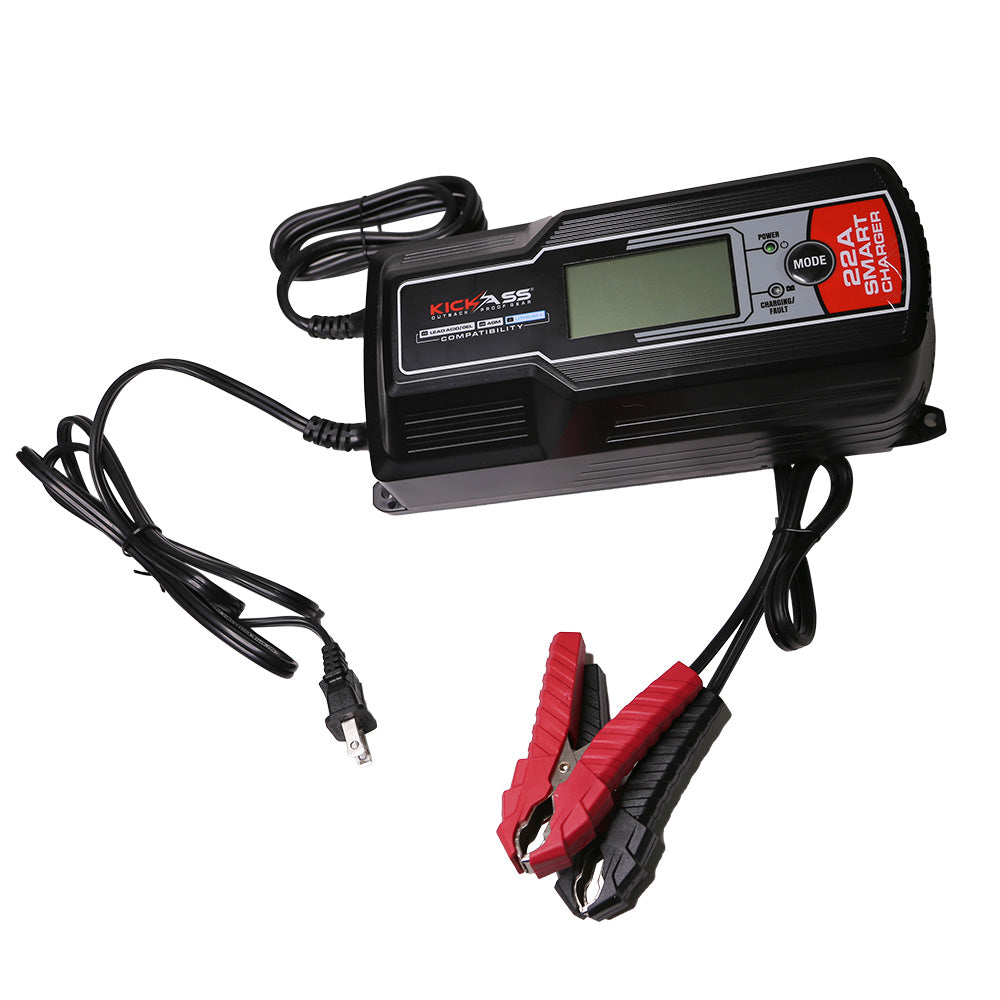
The Future of Automotive Charging Technology
Innovations in Battery Technology
As car manufacturers continue to innovate, advancements in battery technology are becoming increasingly relevant. Many companies are exploring alternatives to traditional lead-acid batteries, including lithium-ion and graphene-based options. These technologies can offer improved performance, longer life cycles, and reduced weight.
Electric vehicles (EVs) are also contributing to advancements in charging systems. Fast-charging capabilities are getting faster, allowing vehicles to be charged in less time. As these technologies evolve, portable car battery chargers will also adapt, ensuring compatibility with newer systems.
The Impact of Renewable Energy
The importance of renewable energy sources is gaining traction in the automotive industry. Solar-powered chargers and other eco-friendly options are becoming more popular as people seek to reduce their environmental impact. These sustainable practices can make charging more efficient while promoting sustainability.
By integrating renewable energy into car charging methods, not only do users benefit from eco-friendly practices, but the reliance on conventional energy sources can also decrease. The shift toward a greener approach will likely impact consumer choices as well, encouraging a more sustainable automotive future.
Conclusion
In conclusion, understanding the role of a portable car battery charger is essential for every vehicle owner. Knowing how to choose, use, and maintain the right charger can significantly enhance your experience, ensuring quick solutions during emergencies. By prioritizing safety, understanding your needs, and keeping up with automotive advancements, you can make informed decisions about how to handle battery issues.
As you explore different models and technologies, consider the importance of regular maintenance and adhering to safety guidelines. Whether you opt for traditional charging methods or embrace new technologies, being proactive about battery management can save you time and stress in the long run.
With a portable car battery charger, you are well-equipped to tackle breakdowns and other battery-related challenges. Taking the time to understand and invest in this essential tool fosters confidence in your driving experience. Embrace the convenience and reliability that a portable charger provides, and enjoy peace of mind on the road!
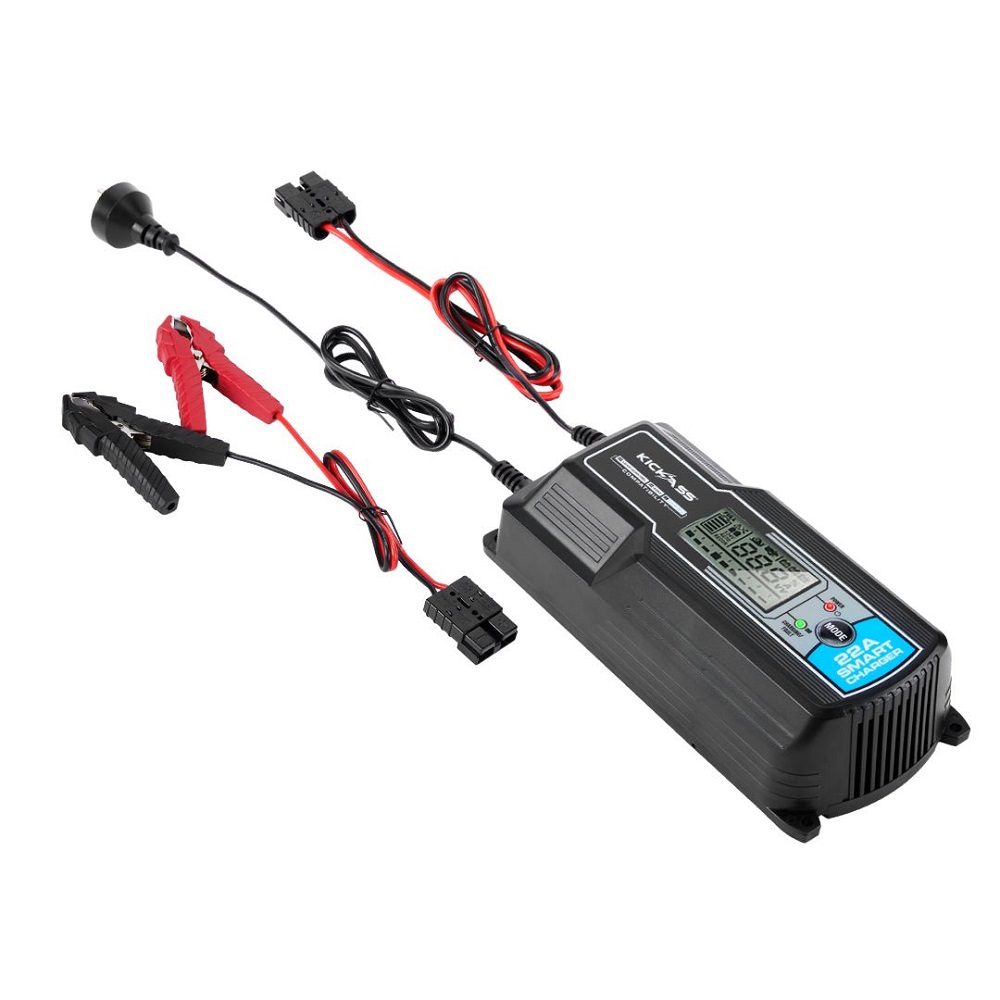
Leave a Reply